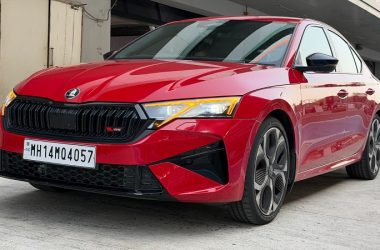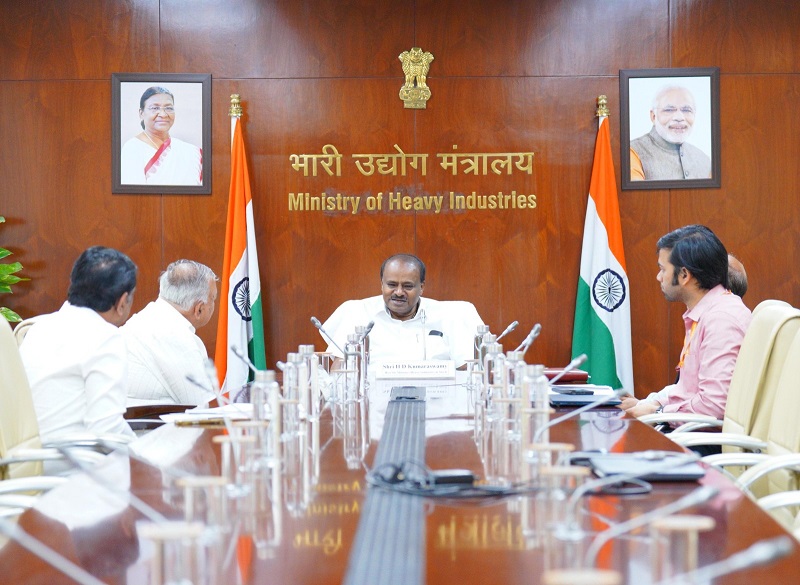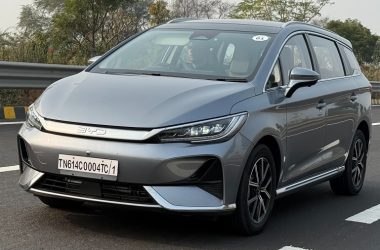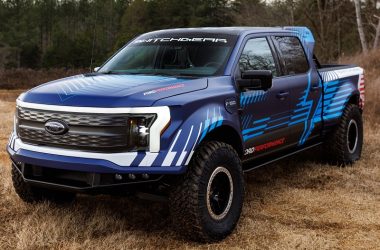New Delhi —
India’s electric dreams just got a full charge. In a bid to turn the subcontinent into the Silicon Valley of electric mobility (minus the over-priced lattes), the Ministry of Heavy Industries has launched the official application portal under the grandly named Scheme to Promote Manufacturing of Electric Passenger Cars in India (SPMEPCI). Global EV bigwigs, take note: the charging ports are open, and so are the investment doors.
The application window — which opened at precisely 10:30 a.m. on June 24 and will remain live till October 21 — is now accepting proposals from automotive manufacturers who want to produce electric four-wheelers in India while soaking in some policy-powered perks.
Union Minister H.D. Kumaraswamy, while unveiling the portal (and possibly revving the engine of a metaphorical e-car), declared, “This is not just a scheme. It’s a green invitation to the world to manufacture here, innovate here, and drive India’s vision of Net Zero into high gear. Guided by PM Narendra Modi’s vision, we’re accelerating toward a clean, self-reliant, and electric future.”
The scheme offers tantalizing incentives — including the much-buzzed-about slashed customs duty of 15% on high-end imported EVs (read: CBUs priced over USD 35,000) for five years. But there’s a catch — or rather, a commitment. To plug into the benefits, companies must invest a minimum of ₹4,150 crore, which, as corporate spreadsheets know, is no small spark.
More than just tax breaks and tech specs, this initiative is about rebranding India from a “land of jugaad” to a “hub of EV juggernauts.” With clearly outlined domestic value addition targets and a laser focus on long-term localization, the SPMEPCI scheme doesn’t just invite global players — it politely demands they set up shop, hire locals, and maybe even learn how to pronounce “Aatmanirbhar” without looking confused.
From Tesla to BYD, Hyundai to Lucid, all eyes are now on India’s green-lit fast lane. Will they race in for the incentives or stall at the customs checkpoint? Only time (and torque) will tell.
For now, the message from India is loud and clear — bring your batteries, bring your blueprints, and please, leave the petrol behind.








